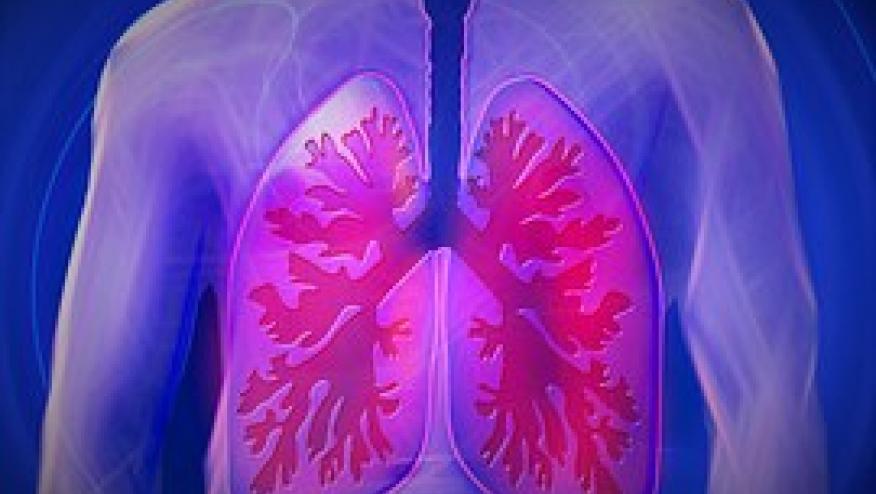Increasing Lung Disease in Systemic JIA Save

A single-center cohort analysis shows that lung disease (LD) is increasingly seen in children with systemic Juvenile Idiopathic Arthritis (SJIA), especially those complicated by macrophage activation syndrome (MAS).
Prior to 2013, reports of pulmonary disease in SJIA were rare, but since there have been increasing reports of alveolar hypertension (PAH), interstitial lung disease (ILD) and pulmonary alveolar proteinosis (PAP); often with a high mortality rate.
As such, since 2014, the Cincinnati Children’s Hospital Medical Center (CCHMC) has seen an increase in LD and severe lung disease in SJIA.
Between 2010-2018 there were 74 patients with SJIA seen by rheumatology at CCHMC. They have identified a total of 18 children with SJIA-LD - 13 patients received initial consultations and/or evaluations (second opinions) due to concerns of SJIA-LD, and five patients developed their SJIA-LD and were managed at CCHMC; suggesting a prevalence of SJIA-LD as high as 6.8% (5/74).
Clinically, most patients had subtle respiratory symptoms such as mild resting tachypnea with normal oxygen saturation, but 78% (14/18) did have digital clubbing. One patient had pulmonary hypertension on echocardiogram and required sildenafil therapy, but improved over the course of treatment with resolution of these symptoms.
Radiographic findings of 18 patients found diffuse ground‐glass opacities, subpleural reticulation, interlobular septal thickening, and lymphadenopathy.
Pathologic findings included patchy but extensive lymphoplasmacytic infiltrates and mixed features of pulmonary alveolar proteinosis (PAP) and endogenous lipoid pneumonia (ELP).
SJIA‐LD tended to be younger at SJIA diagnosis (OR=6.5, P=0.007), have prior episodes of MAS (OR=14.5, P<0.001), have had adverse reactions to biologic therapy (OR 13.6, P<0.001), and have higher serum IL‐18 (27,612 vs. 5,413 pg/mL, P=0.047).
Pulmonary disease is increasingly detected in children with SJIA, particularly in association with MAS. This entity has distinct clinical and immunologic features and represents an uncharacterized inflammatory LD.











If you are a health practitioner, you may Login/Register to comment.
Due to the nature of these comment forums, only health practitioners are allowed to comment at this time.